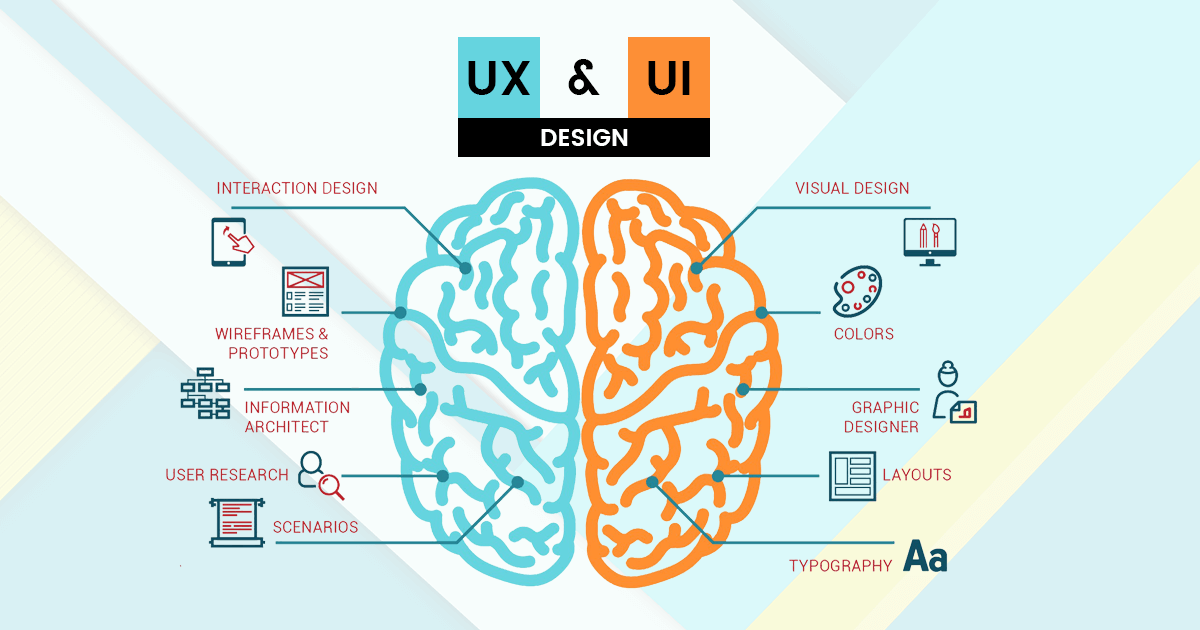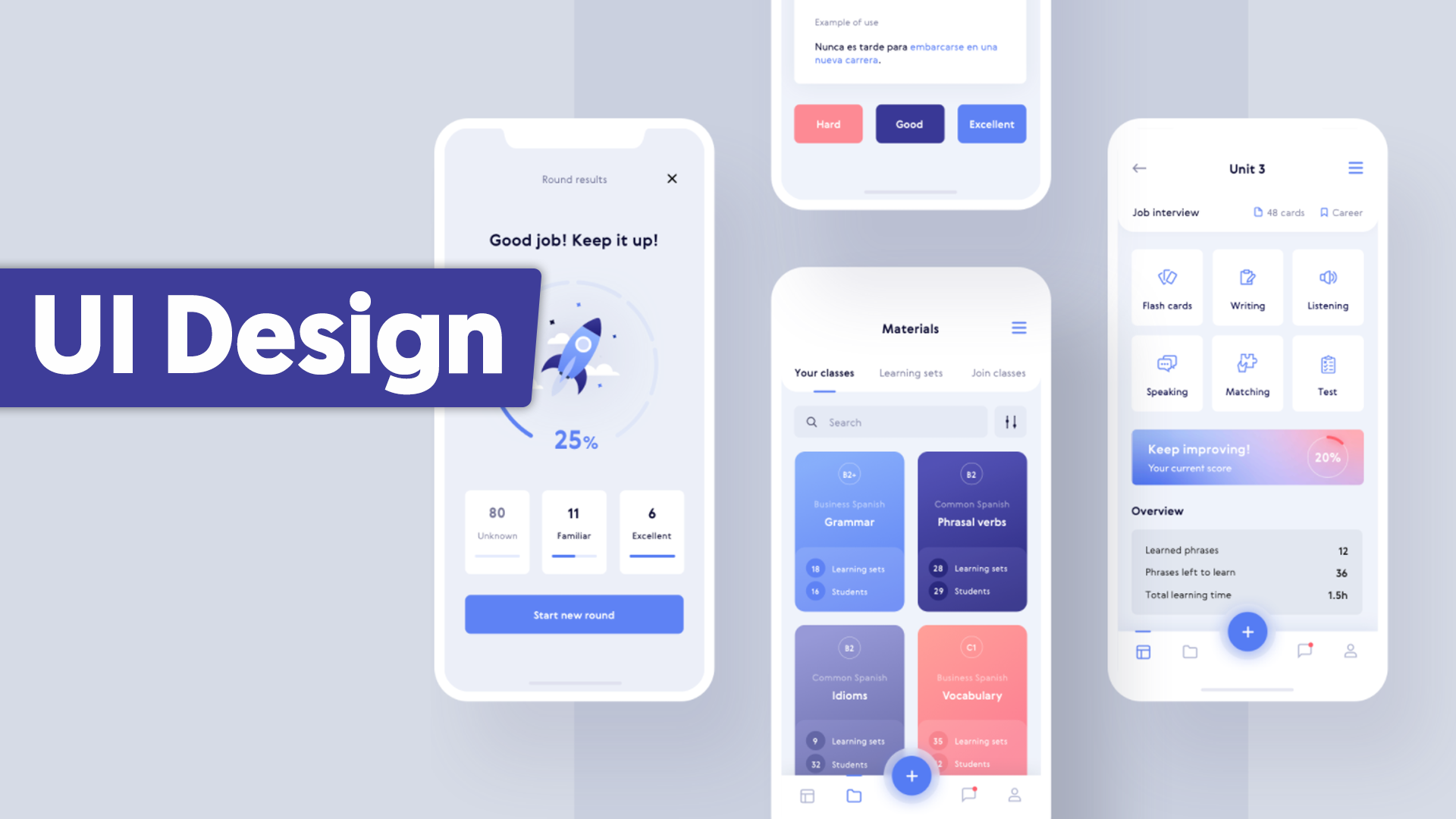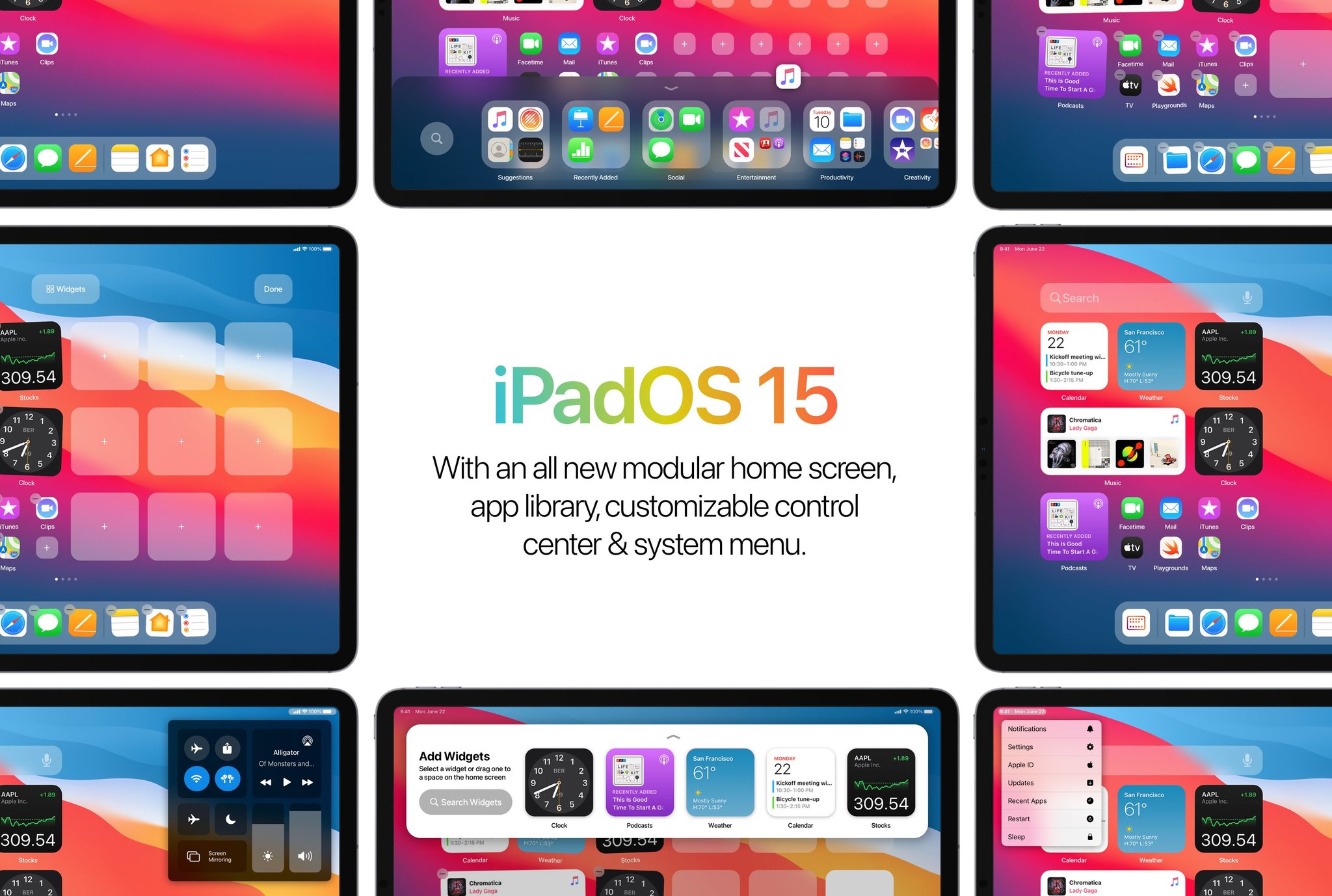UX and UI: The Power Duo Behind Exceptional Digital Experiences
In today's digital landscape, creating a remarkable user experience (UX) and captivating user interface (UI) is crucial for the success of any digital product or service. The way users perceive and interact with a website, application, or software can greatly impact their satisfaction, engagement, and ultimately, the success of a business. In this blog post, we will explore the dynamic relationship between UX and UI, unraveling their roles and importance in crafting unforgettable digital experiences.
UX and
UI: Two Sides of the Same Coin
UX and UI are often used interchangeably, but they represent distinct yet interdependent disciplines. User Experience (UX) refers to the overall experience and satisfaction users derive from their interaction with a digital product. It encompasses various aspects such as usability, accessibility, efficiency, and even emotional connection. On the other hand, User Interface (UI) focuses on the visual and interactive elements that users directly engage with, including layout, typography, colors, icons, and navigation. While UX concerns itself with the holistic experience, UI addresses the aesthetics and functionality of the interface itself. To deliver an exceptional digital experience, both UX and UI must seamlessly work together, harmonizing form and function.
Principles of UX Design
User Experience (UX) design is focused on creating digital experiences that are intuitive, seamless, and enjoyable for users.
It involves understanding user
behaviors, needs, and motivations to design interfaces that meet their
expectations and goals. UX design principles encompass various aspects,
including user research, information architecture, wireframing, and usability
testing as describe below.
User
Research: Understanding the needs, goals, and behaviors of your target users
through research methods like interviews, surveys, and user testing.
Information
Architecture: Organizing and structuring content in a way that is intuitive and
easy to navigate, ensuring users can find what they need quickly.
Wireframing
and Prototyping: Creating low-fidelity wireframes and interactive prototypes to
visualize the layout, hierarchy, and flow of the user interface.
Usability
Testing: Conducting tests with real users to gather feedback and uncover
usability issues, allowing for iterative improvements.
By adhering to these principles, UX designers ensure that digital products and services deliver value, efficiency, and a delightful experience to the end user
Principles
of UI Design
User Interface (UI) design is the visual and interactive aspect of digital products, encompassing elements such as layout, typography, colors, icons, and navigation.
UI design principles revolve around creating visually appealing and consistent interfaces that provide a seamless user experience. Key principles of UI design are presented below.
Visual Hierarchy: Designing interfaces with a clear emphasis on important elements through size, color, and contrast.
Consistency:
Maintaining visual and interaction patterns throughout the interface, creating
a sense of familiarity and reducing cognitive load.
Responsive
Design: Ensuring the interface adapts seamlessly to different screen sizes and
devices, providing a consistent experience.
Intuitive
Navigation: Designing navigation elements that are easy to understand and use,
enabling users to move through the interface effortlessly.
By
following these principles and best practices, UX and UI designers can create
digital experiences that are user-friendly, aesthetically pleasing, and
engaging.
The UX/UI
Design Process
- Conduct user research to gain insights into user needs, behaviors, and preferences.
- Define target user personas and create user stories to guide the design process.
Information
Architecture and Wireframing:
- Create an information architecture that organizes content and defines the overall structure of the interface.
- Develop wireframes, low-fidelity representations of the interface, to visualize layout and functionality.
Prototyping:
- Build interactive prototypes to simulate user interactions and test the usability of the design.
- Gather feedback from users and stakeholders to refine the prototype iteratively.
Visual
Design:
- Apply the brand's visual identity, including colors, typography, and imagery, to create a visually cohesive interface.
- Design interface elements, such as buttons, icons, and forms, with attention to detail and consistency.
Front-End
Development:
- Translate the design into a functional interface using HTML, CSS, and other front-end technologies.
- Collaborate with developers to ensure the design is implemented accurately and meets performance requirements.
Testing and
Iteration:
- Conduct usability tests with representative users to identify any issues and areas for improvement.
- Iterate and refine the design based on user feedback and testing results.
By
following a structured UX/UI design process, designers can create user-centered
digital experiences that align with user needs and business objectives.
The
Impact of UI/UX on Business
In today's competitive digital landscape, businesses cannot afford to overlook the significance of UI/UX design.
The quality of the user experience directly impacts customer satisfaction, engagement, and ultimately, business success. Here are some key ways UI/UX design influences businesses.
a) Improved Customer Satisfaction
Well-designed
UI/UX leads to higher customer satisfaction levels. When users can easily
navigate through an intuitive interface, find information effortlessly, and
complete tasks efficiently, they are more likely to have a positive perception
of the brand and return for future interactions. According to a study by
Forrester, every dollar invested in UX design can yield a return of up to $100,
highlighting the significant impact of customer satisfaction on business
revenue.
Example: Airbnb has achieved tremendous success by focusing on delivering exceptional UI/UX. Their user-friendly interface, streamlined booking process, and visually appealing property listings have contributed to high user satisfaction, resulting in increased bookings and revenue growth.
b) Increased Conversions and Sales
A
well-crafted UI/UX design can significantly impact conversion rates and sales.
By optimizing the user flow, reducing friction, and strategically placing
call-to-action buttons, businesses can guide users toward desired actions, such
as making a purchase or signing up for a service. Research by the Nielsen
Norman Group shows that a better user experience can boost conversion rates by
up to 400%..
c) Enhanced User Engagement and Retention
Engaging
users and keeping them coming back is crucial for sustainable business growth.
A visually appealing and user-friendly interface, combined with meaningful
interactions and personalized experiences, can create a strong emotional
connection with users, fostering loyalty and long-term engagement.
Example: The mobile game "Pokémon GO" gained widespread popularity due to its immersive UI/UX design. The augmented reality-based game provided a captivating and interactive experience, resulting in high user engagement, prolonged session times, and a dedicated player community.
d) Competitive Advantage and Brand Differentiation
UI/UX
design has become a key differentiator in a crowded marketplace. Businesses
that prioritize exceptional design and prioritize user needs are more likely to
stand out from the competition. By delivering a memorable and enjoyable user
experience, companies can build a positive brand image, increase customer
loyalty, and gain a competitive edge.
Example: Apple's products, such as the iPhone and MacBook, are renowned for their elegant and intuitive UI/UX design. Their focus on simplicity, attention to detail, and seamless integration across devices has helped Apple establish a distinct brand identity and a loyal customer base.
By investing in UI/UX design, businesses can deliver memorable experiences, foster customer loyalty, and ultimately drive growth and profitability.
Conclusion
In today's digital landscape, the role of UX and UI design in creating exceptional digital experiences cannot be overstated. By understanding the distinct yet interconnected nature of User Experience (UX) and User Interface (UI), we can appreciate how these disciplines work together to shape the way users interact with digital products and services. When UX and UI are harmoniously combined, they create seamless, intuitive, and aesthetically pleasing experiences that leave a lasting impact on users. As the technology landscape continues to evolve, it is essential to stay attuned to emerging trends and technologies. Voice interfaces, augmented reality, and minimalistic design are just a few areas where UX and UI design are expanding. By staying up to date and continuing to learn and experiment, designers can remain at the forefront of delivering exceptional digital experiences.
By prioritizing the user and following best practices, businesses can create memorable experiences that resonate with their audience and drive long-term success. Whether it's a mobile app, website, or software interface, investing in UX and UI design is a strategic decision that yields tangible benefits and propels businesses towards growth and innovation.

















Comments
Post a Comment